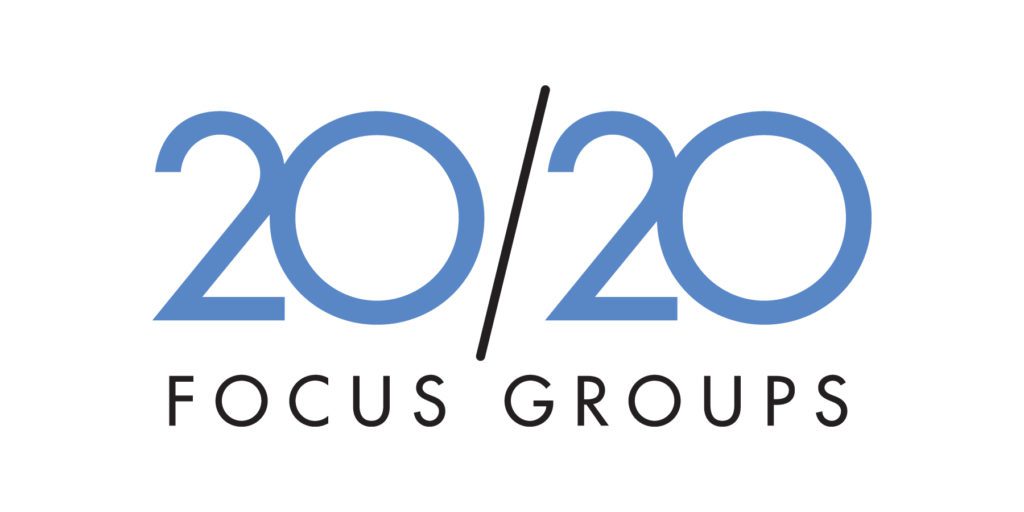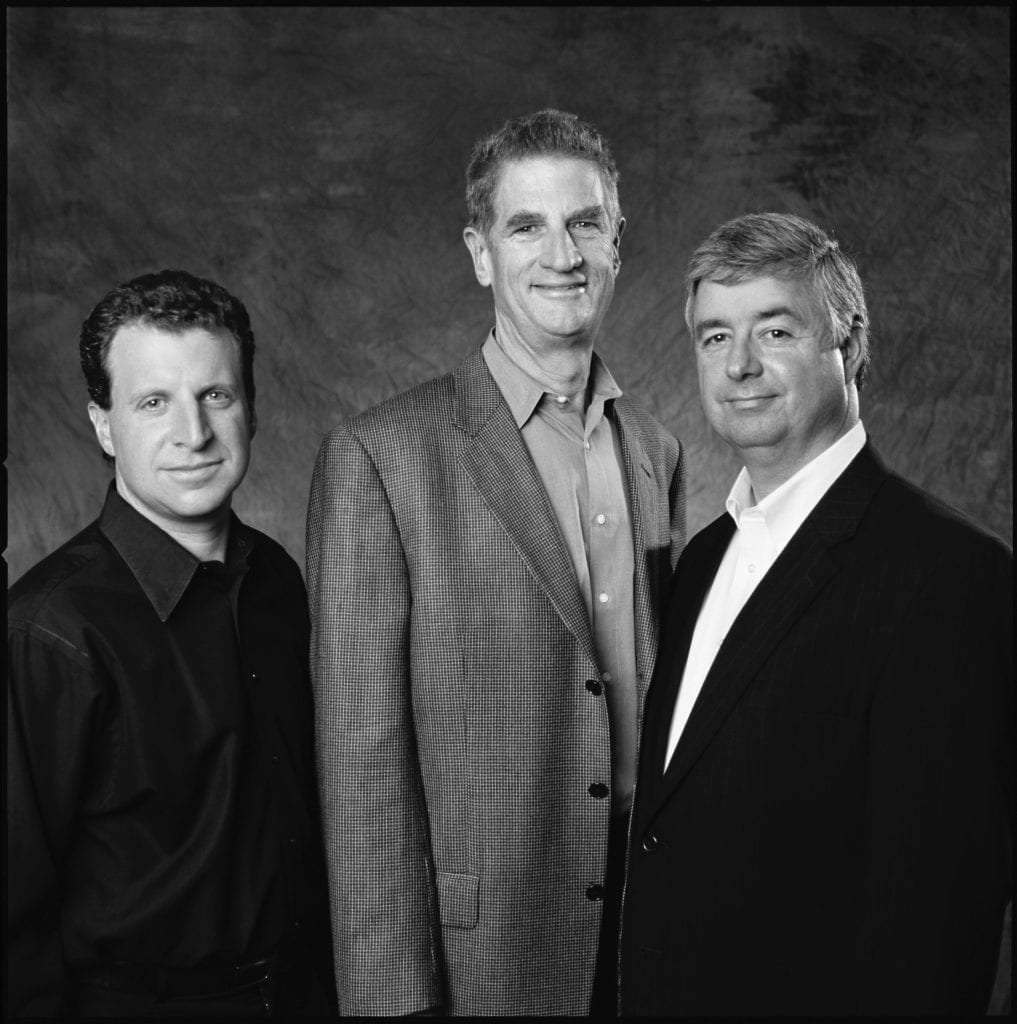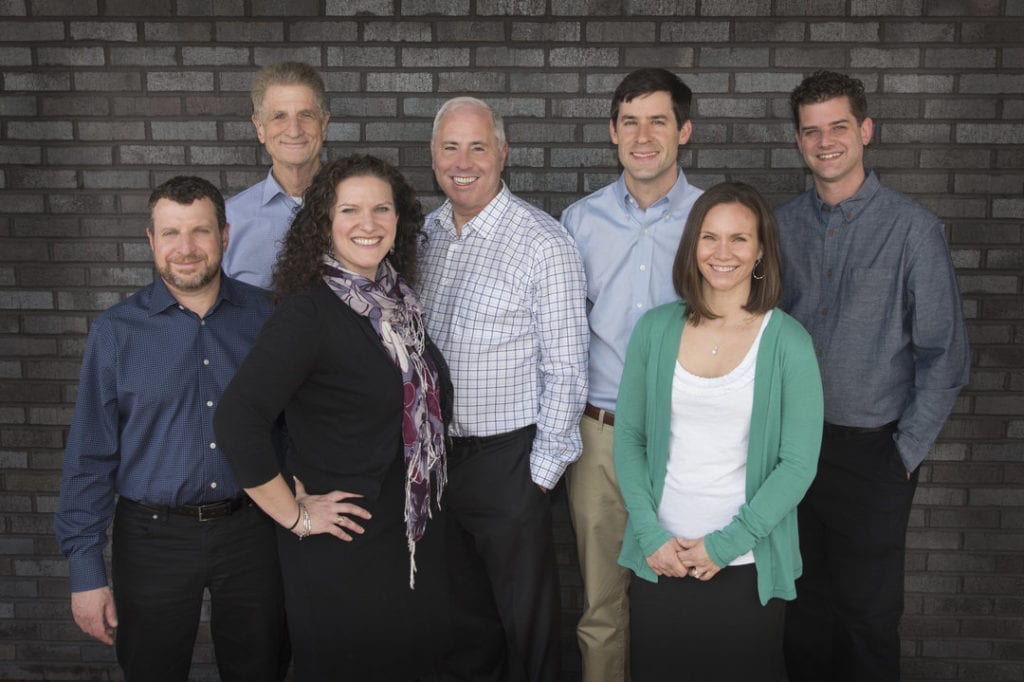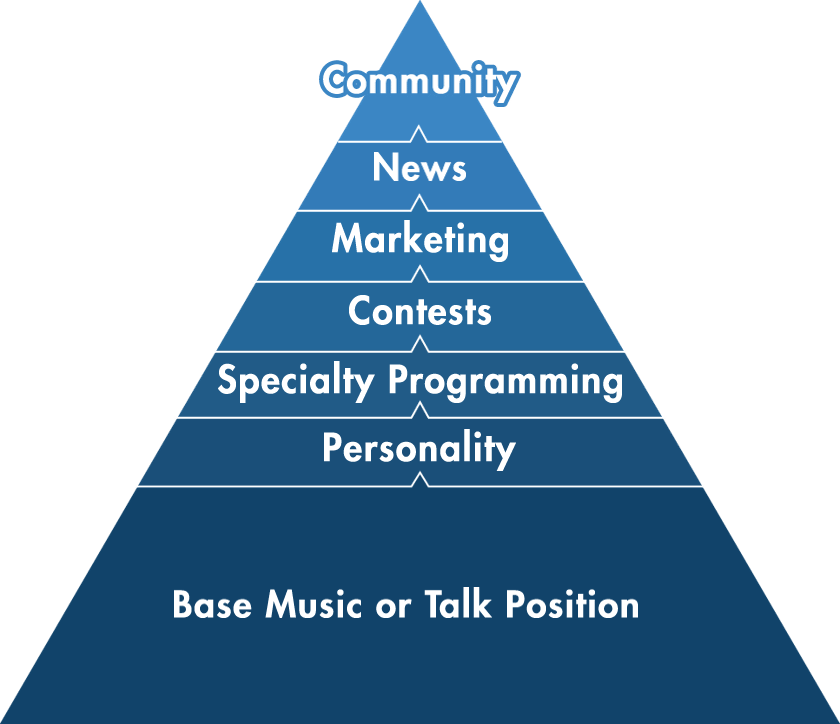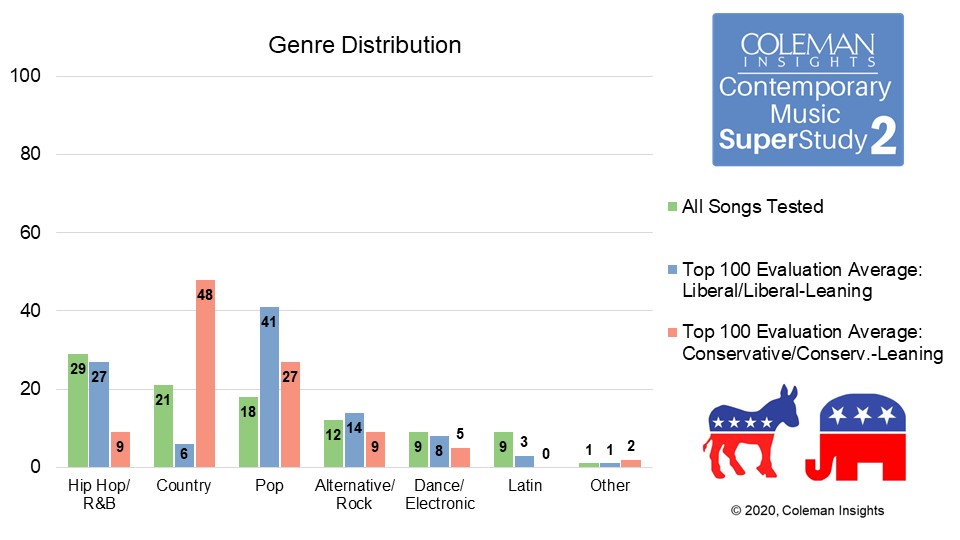
This past week, we learned legendary marketer Al Ries passed away. Matt Bailey, president of our sister company Integr8 Research, sent an internal email stating simply, “Without his work, we wouldn’t have ours.”

Marketing experts Al Ries and daughter Laura Ries
How true that is. You can see the influence of Al Ries all over Coleman Insights, including in Tuesdays With Coleman blogs that reference him, like “What’s Your Word,” “Lack of Focus=Lack of Greatness,” “Need a Slogan? Bring the Sledgehammer”, and “The Line Extension Trap.”
Coleman Insights was not the first radio research company. The earliest research companies certainly illuminated and pointed out what the consumer was thinking about and issues to address. But in the early 80s, as I began to talk to consumers and hear what they were saying, it became clear there was a gap between what people inside the radio station and outside the radio station were thinking. I realized the program directors and general managers way overestimated the levels of interest of the listeners.
At this same time, books by marketers Al Ries and Jack Trout became very popular. These included “Positioning: The Battle For Your Mind” and “Marketing Warfare” in the 80s and “The 22 Immutable Laws Of Marketing” and “Focus: The Future Of Your Company Depends On It” (my favorite) in the 90s.
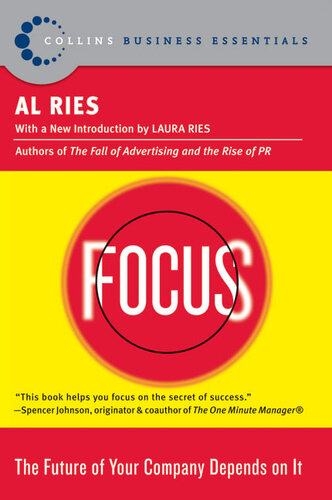
I related to so much of what Ries and Trout were saying because of what I was experiencing as a radio researcher. Unintentionally at first but intentionally later, I made these principles a core focus of our company. The best way I can describe this is:
It’s not the product. It’s what’s in the mind of the consumer.
So, we began to really think about how the consumer thinks, and the communication process between the radio station and its listeners. It was this focus that I believe led to some of the most successful stations which used communication methods as much as or more than they focused on the music or spoken word product.
Take KZZP in Phoenix in 1985. Along with Guy Zapoleon and the team at KZZP, we recommended they start using “The #1 Hit Music Station.” You’re used to hearing that positioner now, but it was not being used back then. At that time, KZZP was in a battle with KOPA, but KOPA wasn’t clear about what it was, the station was shifting the music around and they were constantly tweaking the product, because they thought the product was all that mattered. But by using “The #1 Hit Music Station,” we went for the mind of the consumer. Within about six months, KOPA was destroyed, and it flipped months later. That principle, battling for the mind, was all based on Al Ries’ philosophy.
Back then, I heard one station using “Lite” for the first time and thought it was genius. There were stations all over the United States in the Soft Adult Contemporary format, but they weren’t differentiated from other AC stations. Al Ries talks about creating your own category, and at the time there was no Soft AC category. But when you called the station “Lite” or “Lite Rock,” you created a new ladder, and the station could become the leader in the category that every other station in the format was compared to. On so many occasions, Al Ries’s books gave me confidence that what I was seeing wasn’t just a radio thing but were universal marketing principles.
More recently, I feel some have veered away from Ries’ principles, thinking digital tools will simply track consumer behavior and we won’t need marketing “gimmicks.” Over time, it’s been made clear the branding piece is so necessary. You need to communicate how your product fits in the marketplace and how it’s different. Fortunately, it feels like there is more of a swing happening back towards the image development side.
One thing I know Al Ries would agree with is the importance of external marketing. For audio brands, external marketing is perceived differently than marketing on the brand itself. It’s perceived as an editorial message about the product. You can define what the product is, in a way through external messaging, that you can’t internally. So, in other words, all the liners in the world won’t matter that much without external marketing that gives credibility to what the radio station, podcast, streaming service, and so on is doing.
Al Ries and Jack Trout taught me the need to talk to consumers in plain, real language. We get so caught up in the hype that we forget to talk to people. And they taught me that it’s too easy to try to be “cute,” creating messages that don’t mean anything to the consumer. You need to tell them what you’re doing as clearly as possible.
When you see Coleman Insights talking about core philosophies such as Outside Thinking, the Image Pyramid, or the Brand-Content Matrix, there is an abundance of Al Ries influence to thank for it. I’ll always be grateful for his work.


